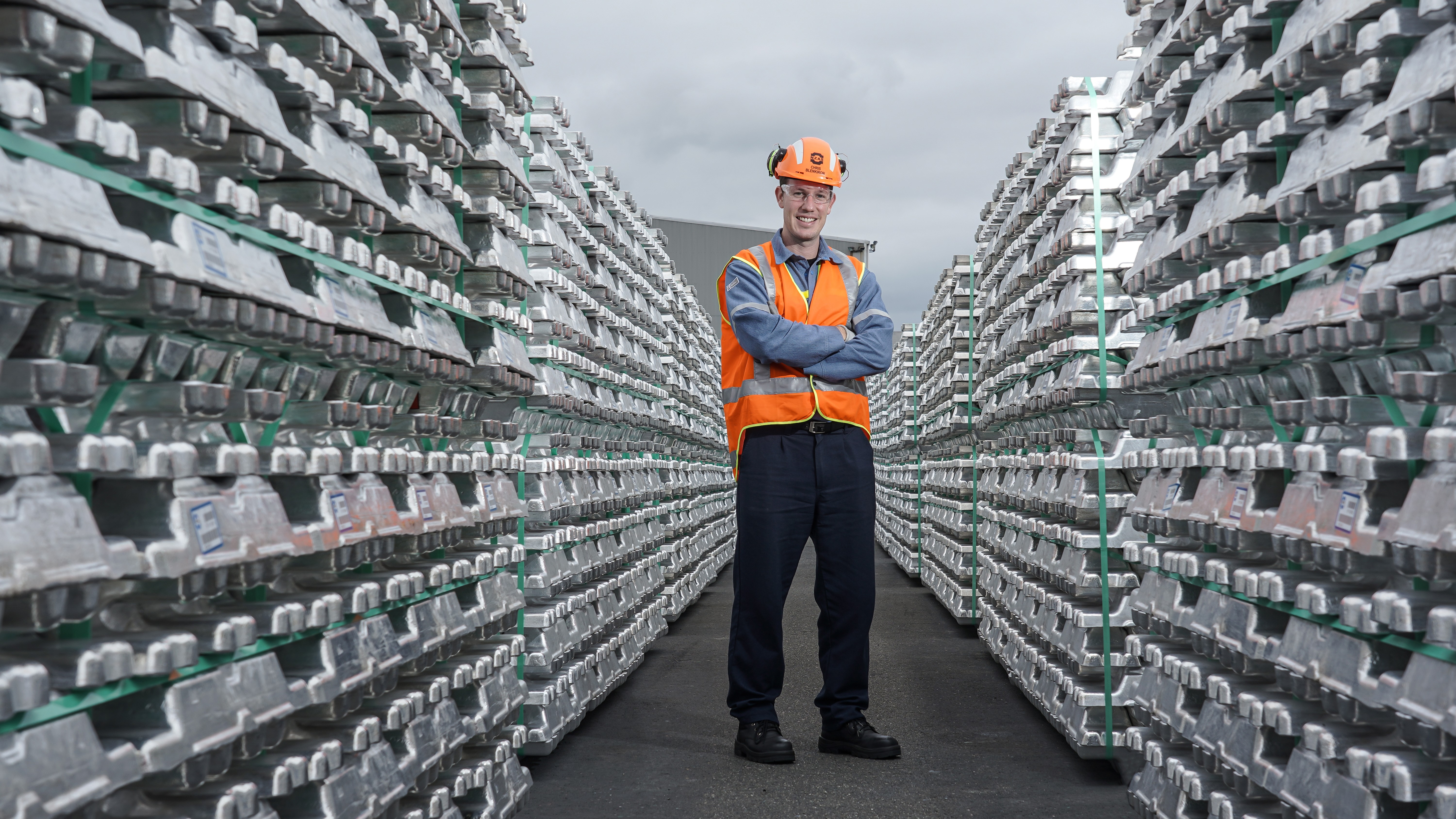AWARDS FINALIST: How Meridian and NZAS reimagined energy security

The 20-year demand response agreement between Meridian Energy and New Zealand Aluminium Smelters has reshaped the country's energy landscape.
Signed in May last year, the agreement allows Meridian to call on NZAS to reduce its electricity consumption by up to 800 gigawatt-hours a year - effectively transforming the Tiwai Point Smelter into a massive, flexible energy reserve.
This innovative commercial arrangement played a pivotal role during the winter of 2024, when New Zealand faced historically low hydro lake levels and an unprecedented gas shortage.
Between July last year and February this year, Meridian activated 500 GWh of demand response - enough to power 60,000 homes for a year. The peak reduction of 185 MW is equivalent to a medium-sized wind farm.
Compensation
Meridian holds the ability to call these reductions. It and Contact Energy provide 75 per cent and 25 per cent of the smelter's energy respectively. Contact has a separate supply agreement with NZAS but does not have the ability to make demand-response calls.
The agreement is structured to ensure NZAS remains financially whole, compensating the company for lost production, restart costs and efficiency penalties, ensuring the smelter continues to contribute to the national economy through jobs, taxes and local procurement, even while operating at reduced capacity.
What sets this initiative apart is its scale, complexity and flexibility.
The agreement includes four distinct demand-response options, each tailored to different levels of energy stress, ranging from cover for local outages to sustained national shortages such as dry-year events.
The most extreme option, which involves shutting down an entire potline, can be used only four times over the contract's 20-year life, underscoring the strategic importance of each call.
Technical execution at the smelter is also key. Ramping down a potline involves removing tonnes of molten cryolite, adjusting anode beams and coordinating dozens of staff across multiple teams.
Restarting is even more intricate, requiring 48-hour heating cycles, precise bath pouring and round-the-clock monitoring. The smelter company has improved its ramp-up processes, trained new leaders and increased its bath-handling capacity to improve its responsiveness for future calls.
Alternative
Commercially, the agreement provides Meridian a cost-effective alternative to building new generation or paying other generators to hold thermal fuel stocks. For NZAS, it ensures operational resilience and global supply continuity, and provides parent company Rio Tinto time to rebalance metal and raw material flows across its regional smelters.
The partners say the arrangement's most significant impact may be the precedent it sets.
This is the largest-scale use of industrial demand to manage dry-year risk in New Zealand and the first through a pre-contracted long-term commercial structure.
At this scale, it's also a first within Rio Tinto's global aluminium portfolio, and possibly the world.
As intermittent renewable generation grows, demand-side flexibility will become increasingly important. This agreement shows what's possible when major industry and energy providers align commercial innovation with the national interest.
The annual Energy Excellence Awards will be held in Wellington on 13 August. The Large Energy User Initiative of the Year award is sponsored by EECA.